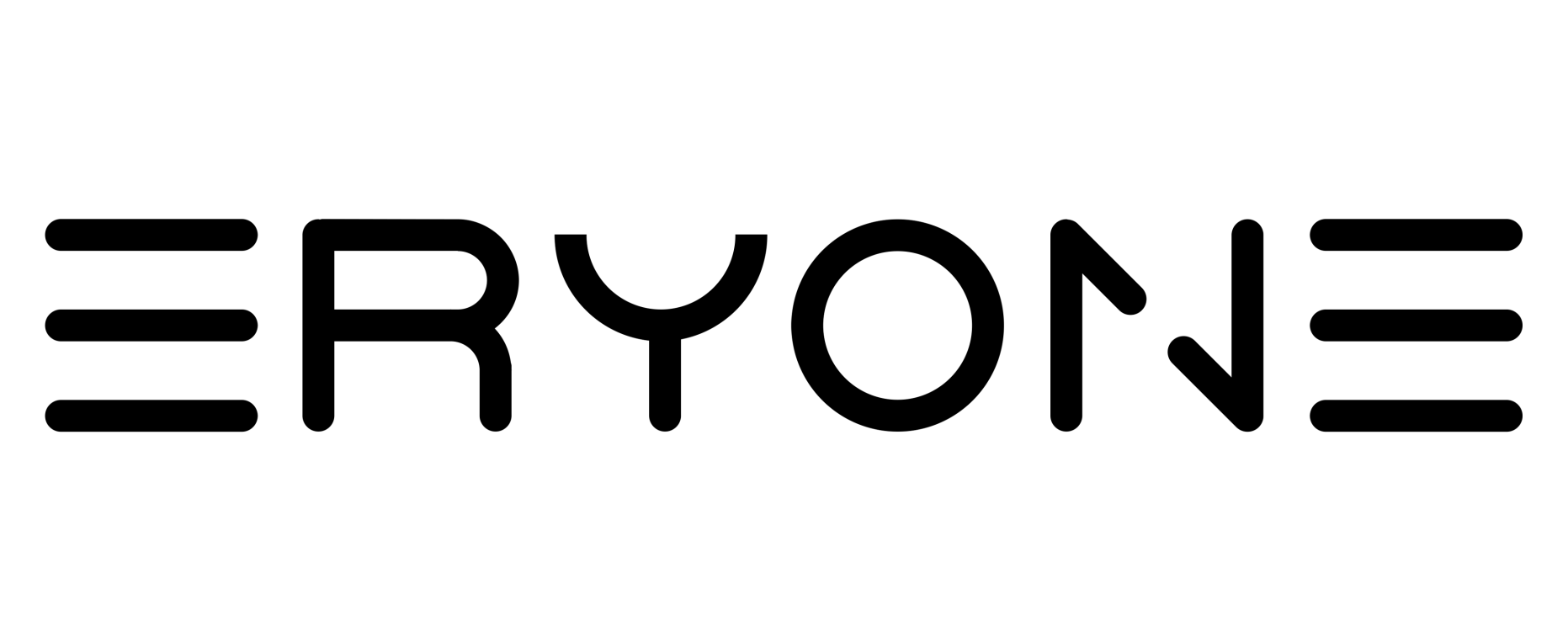Looking into the world of 3D printing, it’s the material that makes up the industry, so it made me wonder what the best filaments were in terms of popularity and just overall.
This article is going to look into the top 5 best 3D printer filaments for printing out there, so stay tuned for each material, as well as a nice description and detail about it.
Let’s get straight into it.
1. PLA

Polylactic Acid aka PLA is the ultimate choice for most thermoplastic printing applications in the 3D printing industry.
PLA is prepared with plant-based materials and polymers, making it one of the most environment-friendly and non-toxic 3D printing filaments.
PLA is a tremendously popular choice among creators owing to its simple, odorless printing with minimal warping. One of the most distinguishing features of this 3D printing filament is that it does not require the use of a heated bed.
This 3D printing filament is an exceptionally versatile material and can be used for a wide array of purposes to create smooth, strong, and glossy prints.
The most common applications of PLA include customized phone cases, candle-holders, decorative parts, dog tags, etc.
Show some prints for your reference:


2.PETG

Polyethylene Terephthalate Glycol aka PETG is a thermoplastic polymer that offers high heat and chemical resistance, very low shrinkage, transparency, and good resistance to impact.
It is an incredibly tough and rigid 3D printing filament, thereby attaining strong and sturdy prints. PETG is a perfect combination of strength and ductility, making it a remarkable choice for printing objects that require a smooth surface and need to be sturdy.
Water bottles are made from a variation of PETG called PET. PETG has a glycol modifier added to it for better 3D printing compatibilities to do with overheating.
The most common applications of PETG include water bottles, electronics casings, packaging, industrial and medical applications.
PETG 3D printing filament is also an ideal choice for food and liquid storage as its considered food and skin safe. On the price side, PETG is slightly more expensive than PLA and costs anywhere between $20 to $30 for 1kg of filament.
PETG is a great alternative to PLA if you need extra strength in your 3D printers. It comes in some really great color transparent colors. The other day, I purchased some lovely transparent red PETG that looks really clean.
Users are in awe of the PETG 3D printing filament due to its excellent print quality, ease of use, prominent interlayer adhesion, minimal stringing, and very few kinks to deal with.
Show some prints for your reference:


3.TPU

What is TPU 3D Printer Filament? TPU, or Thermoplastic Polyurethane, is a flexible and durable 3D printing filament for beginners and pros alike. TPU has unique characteristics that make it elastic like rubber, yet durable like plastic.
Thermoplastic polyurethane aka TPU is one of the most commonly used 3D printing filaments in the industry. It's a flexible filament known for its elasticity, soft finish, good impact resistance, and durability.
Since it is highly flexible, TPU 3D printing filament can be stretched and flexed easily, making it an optimal choice for creating objects that require flexibility, strength, and durability.
The most common applications of TPU include grip sleeves, phone cases, remote control car tires, etc.
TPU can be a little tricky to print, with the possibility of bubbles and stringing. Printing with TPU does not require a heated bed similar to PLA.
Several users prefer to use a Direct Drive extruder over a Bowden extruder while printing with TPU filament since there is less distance to travel, giving it more chance to print successfully.
Users from all over the world have stellar reviews for the 3D printing filament, recommending TPU as one of the filaments for beginners to advance to in the 3D printing industry.
It’s going to be tricky to get the hang of at first, but there are plenty of videos and tutorials to ensure you get some great TPU prints in the future.
Show some prints for your reference:



















































































































